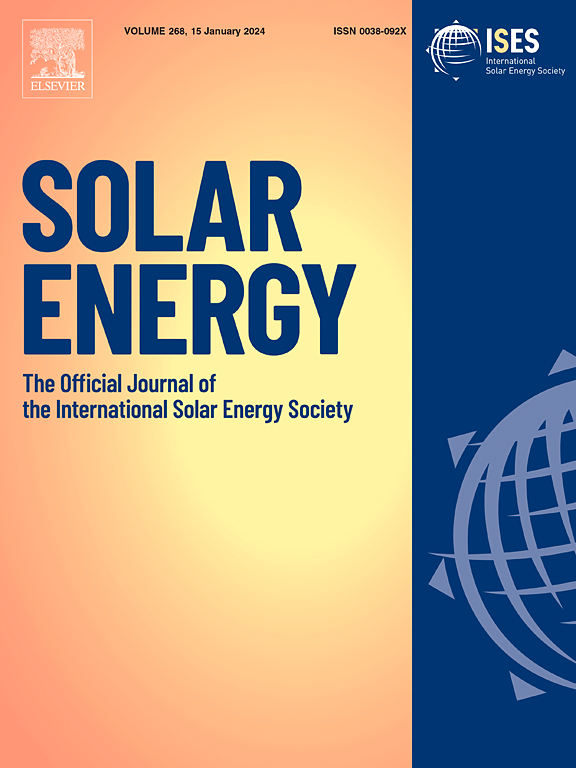Asymmetrical A-DA′D-A–type electron transport materials with enhanced electron mobility and water-resistant interface for perovskite solar cells
IF 6
2区 工程技术
Q2 ENERGY & FUELS
引用次数: 0
Abstract
Organic small-molecule electron transport materials (ETMs) exhibit fantastic potential in achieving high power conversion efficiency (PCE) of perovskite solar cells (PSCs). In this work, the novel asymmetric naphthalene diimide (NDI) derivatives were designed by fused-ring engineering and end-group engineering based on the symmetric NDI-based E molecule. These asymmetric NDI derivatives are designed by tuning thiophene units (A1, A2, and A3), introducing heteroatoms into the donor (B1, B2), and introducing asymmetric end groups (C1, C2, and C3). Quantum chemical calculations show that the energy levels of ETMs match well with MAPbI3. In addition, a strong linear correlation (R2 > 0.96) is observed between the LUMO energies, adiabatic electron affinities, and reorganization energies. Notably, the electron mobility of the asymmetric molecule B1 is enhanced by 16 times (0.851 cm2V−1s−1) compared to the symmetric E molecule (0.053 cm2V−1s−1). The calculation shows that the designed asymmetric molecules exhibit robust interaction with perovskite, and the Bader charge indicates enhanced electron injection from the perovskite to the ETM. Furthermore, molecular dynamics simulations verified that the asymmetric structure (A2 and C3) can effectively prevent water from invading the perovskite surface. This asymmetric molecular design strategy provides insights for designing novel ETM for high performance PSCs.

求助全文
约1分钟内获得全文
求助全文
来源期刊

Solar Energy
工程技术-能源与燃料
CiteScore
13.90
自引率
9.00%
发文量
0
审稿时长
47 days
期刊介绍:
Solar Energy welcomes manuscripts presenting information not previously published in journals on any aspect of solar energy research, development, application, measurement or policy. The term "solar energy" in this context includes the indirect uses such as wind energy and biomass
 求助内容:
求助内容: 应助结果提醒方式:
应助结果提醒方式:


